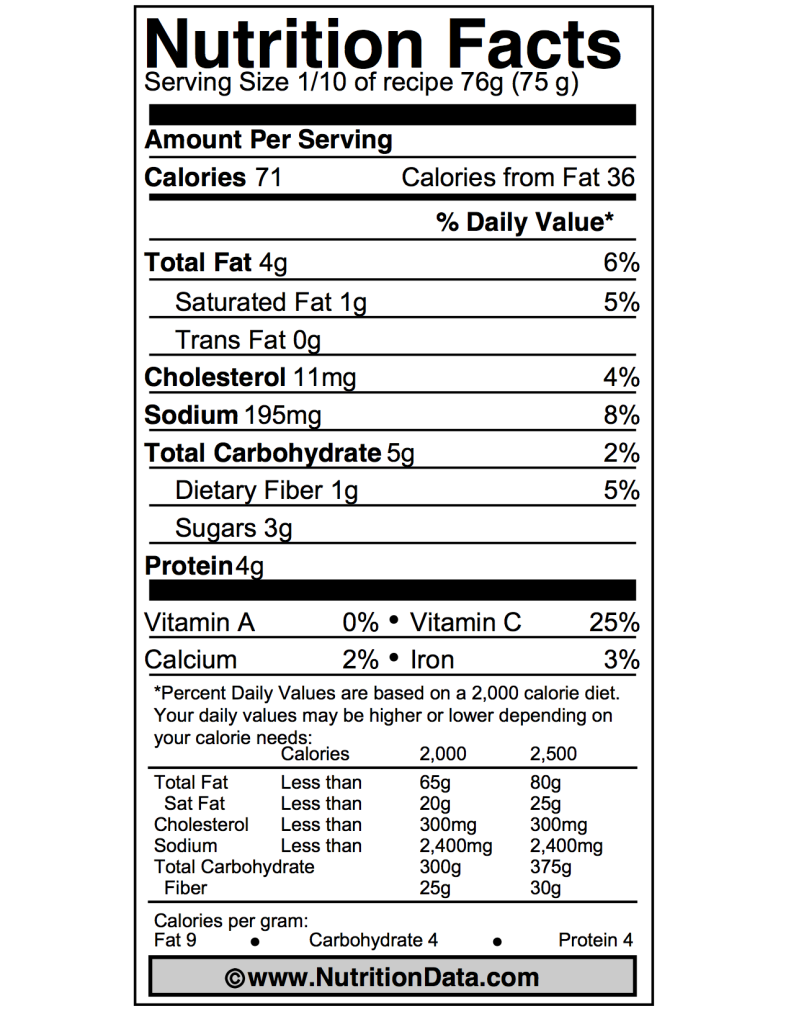A commute is, to most people, that annoying but essential portion of time near the beginning and end of each day where they have to go drive to some place to spend a large chunk of the day, and then drive back home again. It’s not something people generally want to do, but it has to be done if you want to keep your job or pass your classes.
I like my daily commute. I go everywhere I need to on a regular basis on my trusty Soma ES, a fully loaded commuter bicycle. I love riding my bike! I’m glad that I get to spend time with it just about every day. I’ve been intermittently commuting by bike for the past 7 years, but for the past two years I’ve been riding full time between my house, college campus and workplace. Over that time I’ve become good at managing the daily logistics and solving the problems that arise from my bike being my transportation. Hopefully the following will inspire you to park your car and wheel out your bike!
There are countless reasons why one might choose to travel by bicycle. For me, the main reason I commute by bike is because I enjoy riding my bike and, given my busy schedule, I wouldn’t have much time to do it if I didn’t make it part of my daily routine. I also enjoy longer recreational and endurance rides on the weekends, and riding every day keeps my fitness up. And of course, it costs much less and is a lot more fun than driving and parking a car every day.
Other people certainly have different motivations to commute by bike: maybe because it’s eco-friendly, or they want to lose weight or get in shape, or they’re looking to build cardiovascular endurance for other sports, or it could even be faster than commuting by car if they live in an urban area. You might, for example, find that driving to a certain place takes 15 minutes, but biking there takes 30… by biking there, you essentially get 30 minutes of exercise while only spending 15 minutes extra! Everyone has their own reasons for riding a bike. Take your pick, or discover your own!
Your Bike
Springtime is the perfect time to start commuting by bike because the weather trends warmer and more pleasant every day. Ready to give it a shot? Excellent! So, the first thing you need, of course, is a bike. The old beater in your parents’ garage from when you were 10 probably won’t cut it, but any bike that fits you reasonably well can be made to work for commuting. Start with something simple and reliable to get a feel for bike commuting. If you don’t already have a bike that fits you, I recommend checking your local Craigslist classifieds or a local consignment shop for a bike that you like and is in decent shape.
If you’re just starting out in the world of transport cycling, you probably won’t want to invest a lot of money into equipment. At the same time, a good quality bicycle that fits and functions well will greatly enhance your cycling experience, and knowing that your bike is reliable will help you gain crucial confidence in your steed. It’s a balance- find the point that works best for you.
Starting Out
So, you have a bike. It’s important to get it looked at to be sure it’s in good condition, especially if you haven’t ridden it in a while. Take it to a local bike shop, or ask an experienced friend for help. I know I would never say no to working on a bike and helping out a friend!
Some points to check:
- Make sure the brakes work well, front and rear. It’s essential to have an effective front brake at the very least (for emergency stops), and good brakes on both wheels is ideal. The pads should grasp the rim very snugly to be able to stop the bike quickly in case of emergency. The brakes should be adjusted so that the wheels spin freely when the brakes are disengaged, and you should not be able to make the brake levers touch the handlebars when you squeeze them very hard.
- Be sure the tires are in good condition. If they’re more than a few years old, or have been stored outside for a while, or look very worn, it’s probably time to replace them. Inflate your tires and make sure they hold air all day. If they don’t, you should repair or replace the inner tube.
- If your bike has multiple gears, make sure you can shift between them easily without much clicking, grinding, rubbing, or squeaking. Cleaning the chain and gears, then oiling the chain, will help with this, but drivetrain adjustments are a bit more complex.
- Check all the quick releases and be sure they’re tight. (Quick releases are most commonly found on both wheels and the seat post.)
- Check and tighten all screws and bolts on the bike.
If you’re not sure how to repair or adjust something on your bike or if something doesn’t seem right, it’s probably a good idea to take it into a shop and ask them about it! If you decide you like commuting by bike, you can always replace parts, or even buy a whole new bike, with the money you save by not driving your car!
After riding for a little while you’ll learn what you personally like in a bike for everyday use… it’s different for everybody! My bike is a steel framed road bike with relatively wide flat-resistant tires, lights, fenders, and a rack that carries specialized bags called panniers. I like it because it’s very comfortable on all the roads I use for commuting and recreation, it’s reliable, it’s fast enough, and it’s equipped to cope well with the weather where I live in California’s Bay Area.
Taking Care of Your Bike
Before every ride, you should be in the habit of performing an “ABC Quick Check.” This means you check your Air (tire pressure), Brakes (make sure they work), Chain (glance over the chain and gears for anything visibly awry), Quick releases (make sure they’re tight), and Check (ride the bike a short distance to be sure everything’s running smoothly). This whole check doesn’t need to take more than 10-15 seconds and it will allow you to find most problems with your bike before you leave home. You don’t want to discover, for example, that your brakes don’t work when you suddenly need to stop! If something doesn’t seem right about the bike and you can’t figure out what the problem is, it may be best to find another way to get to work that day. If you’re having problems with your bike, ask a more experienced friend for help, or take the bike to a shop.
A quick note on tire pressure: your tire will have a pressure rating (PSI) on the sidewall. You don’t need to run your tire at exactly that pressure. Start by pumping it up to around 75-90% of that pressure rating, and adjust it to your preference later. Excessively high pressures will give you a harsher ride without any speed benefit, but excessively low pressures will put you at a high risk of a pinch flat or even wheel damage. Definitely don’t go much above the pressure rating, though- your tire may blow off the rim!
Speaking of flat tires, they are by far the most common problem that can leave you unexpectedly stranded if you’re not prepared. Carrying the correct tools and knowledge with you will give you the confidence you need to venture farther from home. Learn to fix a flat and carry the equipment with you and you’ll be much more self sufficient. Most other problems can be dealt with after you get home. Fixing a flat is a simple process, and this video explains it well. You should carry, at a minimum, a spare inner tube and a mini pump or a patch kit and a mini pump. To be extra safe, or if you’re not practiced at fixing flats, carry a spare inner tube, patch kit, mini pump, and tire levers.
Ideally, you’ll be able to store your bike indoors or in another secure place during the day. If not, you should invest in a heavy duty U-lock to secure your bike to an immovable object. I like to remove my front wheel and set it next to my rear wheel, then put my U lock through both wheels and the bike rack, which will secure the entire bike. More methods and tips can be found here.
If you need to park your bike in an area that you feel is not secure, consider investing in a cheap “beater” bike that won’t attract thieves. For example, I bought a 30 year old bike at a consignment shop, scratched and beat up looking, and restored it mechanically so it’s a reliable ride. I left it looking terrible, so there’s always sure to be a more attractive bike in the rack for the thieves to choose.
Getting Into Shape
Bike commuting does not require a high level of fitness, although, if you do it enough, that’s what you’ll get! However, you should be able to get to where you need to go without arriving exhausted. If you’re not at that point yet, spend some time riding your bike. Even if you’re only able to ride around the block, that’s a good starting point. Each time you go out, ride a little bit farther or faster. As you gain strength and endurance, it’s exciting to be able to look back and see how much you’ve improved!
If you need extra motivation, pick a nice cafe or restaurant to ride to. Maybe there’s an interesting road or path you’d like to explore. Maybe you can ride to a cool landmark and shoot pictures. You may develop a favorite loop that you can ride on a regular basis and watch your times drop. Maybe you have a friend or two who can ride with you. Whatever it is, any riding is better than no riding!
How to Dress for a Bicycling Lifestyle
Depending on the distance you want to travel, one of several methods for clothing might suit you. If you only need to go a few miles at a time, you should have no problems wearing your everyday clothes on your bike. Take it slow and easy, and you won’t arrive at your destination sweaty. However, it’s best to avoid very loose-fitting pants and skirts, as they have a habit of getting caught in your chain and getting ugly grease stains on them.
If you’re going farther than a few miles, or if you want to ride faster than around 10 mph, you might find it helpful to have a change of clothes available at your destination, since you’ll likely break a sweat on your ride. This is especially true in warmer weather. In this situation, many people find that it works well to wear one set of clothes while on the bike, and then change into normal street clothes upon arrival at their destination. I find that technical cycling clothing such as padded shorts is the most comfortable thing to wear while riding my bike. Keep in mind that these distances are only approximate guidelines- you should experiment and see what works best for you!
If you choose to adopt the go-fast-then-change method, there are a couple of options for getting a change of clothes to your destination. Some people drive their car one day per week, or on the weekend, to drop off a week’s worth of clean clothes at their workplace and pick up last week’s dirty clothes. Other people carry each day’s clothes with them on their bike.
If your employer provides showers for employees, consider keeping your shower supplies at your workplace and taking your morning shower there. If you arrive sweaty and can’t take a shower at work, you can still wipe down with a wet washcloth in the restroom, then change into your work clothes.
How To Carry Things by Bike
If you’re using your bicycle for transportation, you’ll likely find that you want to carry more than you can fit in your pockets. You might want a change of clothes, lunch, schoolbooks, work materials, a laptop, an extra jacket, tools for fixing your bike, groceries, or any number of other things. You have three general options for doing this: a backpack, a messenger bag, or a rack and panniers.
- Backpacks are great because you probably already have one somewhere, and they’re easy to just toss on your back and go. They’re best for short distances.
- A messenger bag is similar to a backpack in that you can grab it and go, but you might find that a messenger bag moves around too much and becomes an annoyance while you ride.
- A rack and panniers is the most expensive and involved option, but once you have it set up, the system works wonderfully. You’ll need a special luggage rack to go above your rear wheel, and special bags called panniers that attach to that rack. Some bikes make it easier to do this than others. If you can get this system set up, it’s great for longer distances because the bike carries all the weight, instead of you!
That should be enough to get you started, but there’s much more to learn! Come back next Monday for tips on successfully getting around and staying safe on your bicycle!

Photo by Rob Adams













